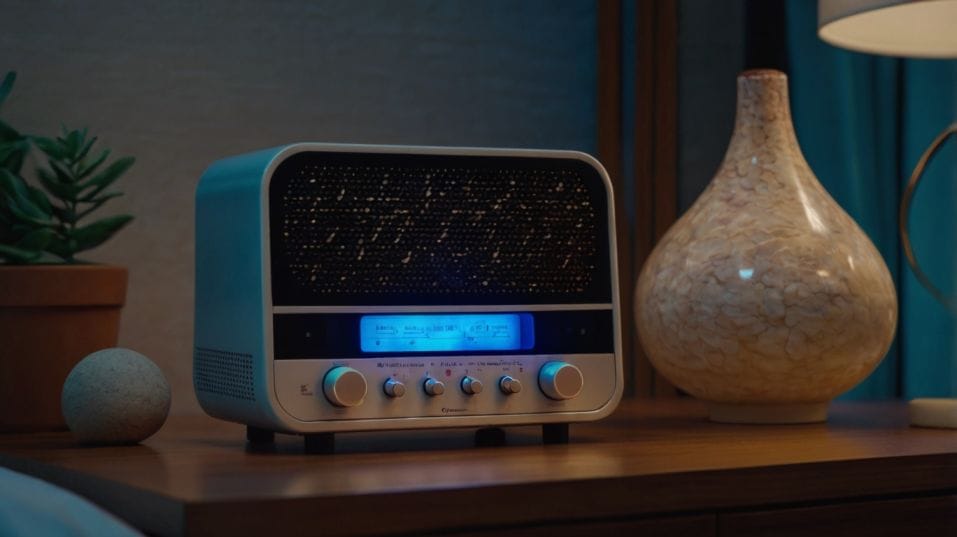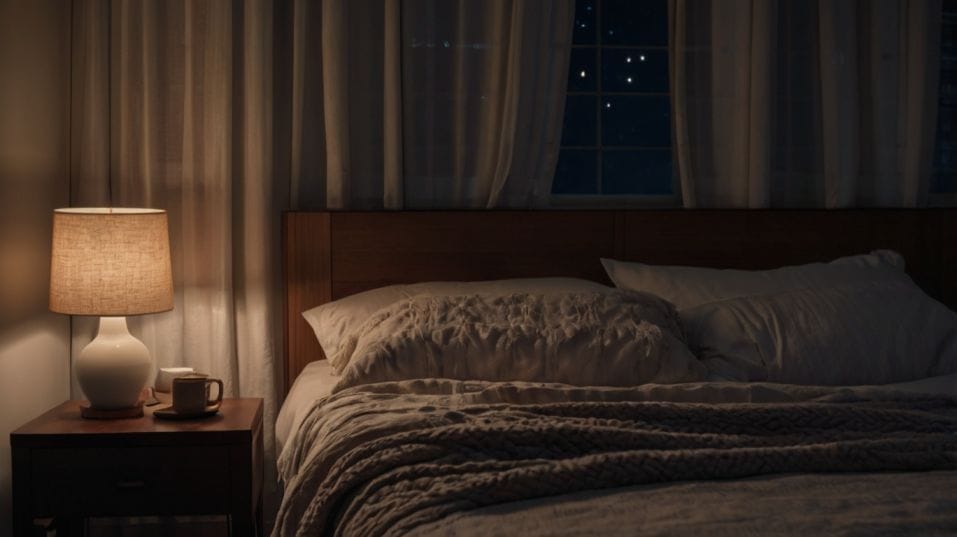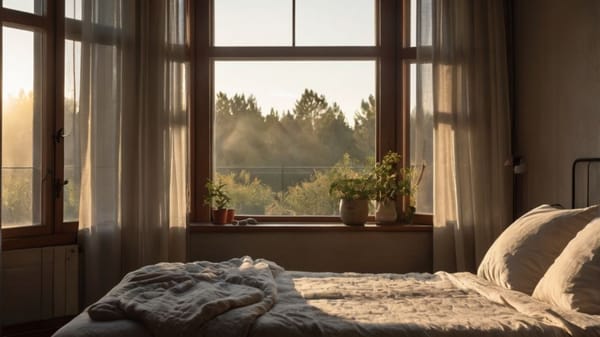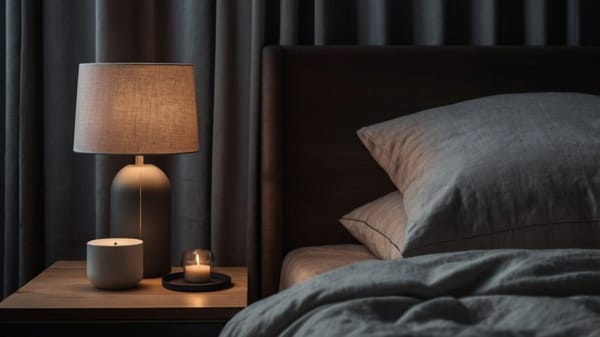Can a Sound Machine Replace Sleeping Pills?
Want better sleep without pills? Discover how sound machines use brain science to help you fall asleep faster and wake up feeling refreshed.

Struggling to fall asleep without reaching for a pill? You’re not alone—and you’re not out of options. There’s a science-backed tool that helps your brain relax, reduces wake-ups, and supports deep, natural rest: the humble sound machine.
No meds, no side effects, just steady background noise that calms your mind and cues your body to power down. Ready to make sleep easier, smoother, and way more consistent? Here's how sound can become your new sleep signal.
Your Brain Is Listening, Even When You're Asleep
First, let’s get something straight: your brain doesn’t "turn off" at night. It shifts gears. That means it’s still processing input, especially sounds.
Sudden noise—a car door slamming, someone talking in another room, the heater kicking on—can jolt your brain into lighter sleep stages or even wake you up completely.
You might not remember these micro-awakenings, but they add up. You wake up groggy, wired, or just plain exhausted.
Enter the sound machine. This isn’t just background noise. It’s a tool that actively helps stabilize your sleep environment by masking jarring sounds and creating a steady audio backdrop.
Your brain can relax. It doesn't have to stay on high alert. And when your brain relaxes, your body follows.

What the Science Actually Says
Studies from institutions like the National Sleep Foundation and NIH show that consistent noise—particularly white, pink, or brown noise—can help people fall asleep faster and stay asleep longer.
These noises work by flattening the contrast between background silence and sudden environmental sounds.
White noise contains all frequencies at equal intensity and sounds like a hiss or static—think of a detuned TV. Pink and brown noise are deeper, smoother, more natural to the ear—like rainfall or wind in trees.
Research suggests these types may be even more effective than white noise for improving sleep depth and reducing nighttime awakenings.
One 2017 study published in Frontiers in Human Neuroscience found that pink noise enhanced deep sleep and improved memory in older adults.
That’s not just about resting better—it’s about waking up sharper, more focused, more recovered. Translation: this isn't just a relaxation gimmick. It's neuroscience doing its job.
Why Sound Machines Are Perfect for Sleep Beginners
If you're just starting to take your sleep seriously, a sound machine is a no-brainer. No prescriptions. No side effects.
No complicated routine. You don’t have to change your diet, meditate for 45 minutes, or black out your windows (although, yes, blackout curtains help too). All you do is turn it on. That’s it.
Sleep Cues in Action
And here’s the real win: you’re teaching your brain to associate a specific sound environment with sleep. It becomes a signal, a behavioral cue.
Over time, your brain starts to recognize that when that sound starts, it’s time to power down. That’s habit formation, the smart way. Low effort, high payoff.
How Sound Machines Beat Sleeping Pills (Without the Morning Fog)
Let’s not sugarcoat it: sleeping pills can be effective—short-term. But they often treat the symptom (being awake) instead of fixing the system (how your body prepares for rest).
Most don’t promote natural sleep architecture. You might fall asleep faster, but the quality of that sleep? Often shallow, fragmented, and not restorative.
Sound machines, on the other hand, enhance what your brain is already built to do. They encourage the transition from wakefulness to sleep, and they support deeper, more stable sleep stages once you're under.
They also travel better. A pill might get flagged by airport security. A sound machine? Throw it in your carry-on, plug it into the wall or charge via USB, and you’re good.
You get the same sleep cue anywhere—hotel, Airbnb, guest room. That consistency helps keep your sleep rhythm on track even when your surroundings change.
Picking the Right Sound (and Setting It Up for Success)
Don’t overthink it. Start with what sounds natural to you. If static irritates you, skip white noise. If rainfall soothes you, go with that.
Some machines offer nature loops, ambient fan sounds, or soft hums. What matters is that the sound is even, non-distracting, and unchanging throughout the night.
Small Tweaks That Make a Big Difference
Volume matters. You’re not trying to drown out the world. You’re building a subtle sound wall. Loud enough to blur out disruptions, soft enough to let your brain rest.
Placement helps, too. Don’t shove it under a pillow or point it directly at your head. Set it across the room or on a nightstand so it blends with the space. Let it be a part of your bedroom’s atmosphere—not an assault on your senses.
And here’s a pro tip: combine your sound machine with other simple sleep cues like dim lighting and a consistent wind-down window. Together, they reinforce a single message: it's time to sleep.
Final Thoughts
If you're trying to build better sleep habits, start simple. A sound machine is low commitment, high return.
It helps your brain shift into rest mode, keeps you there, and sets the stage for consistent, high-quality sleep without the crutch of medication.
You don’t need to overhaul your life or your bedroom. You just need to shift the environment in your favor. This is sleep optimization at its most accessible.
So here’s your move: tonight, plug one in. Pick a sound. Set it to run all night. Then do it again tomorrow. Within days, your brain starts to catch on. Before you know it, you’re falling asleep faster, waking up sharper, and feeling like your best self again.
Start now. Better sleep isn’t complicated—it just needs to be consistent. And a sound machine might be the smartest, easiest step you take.




